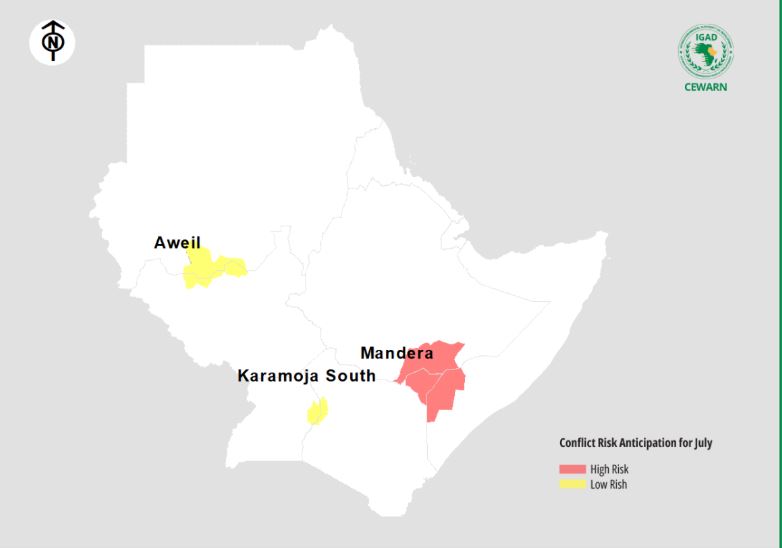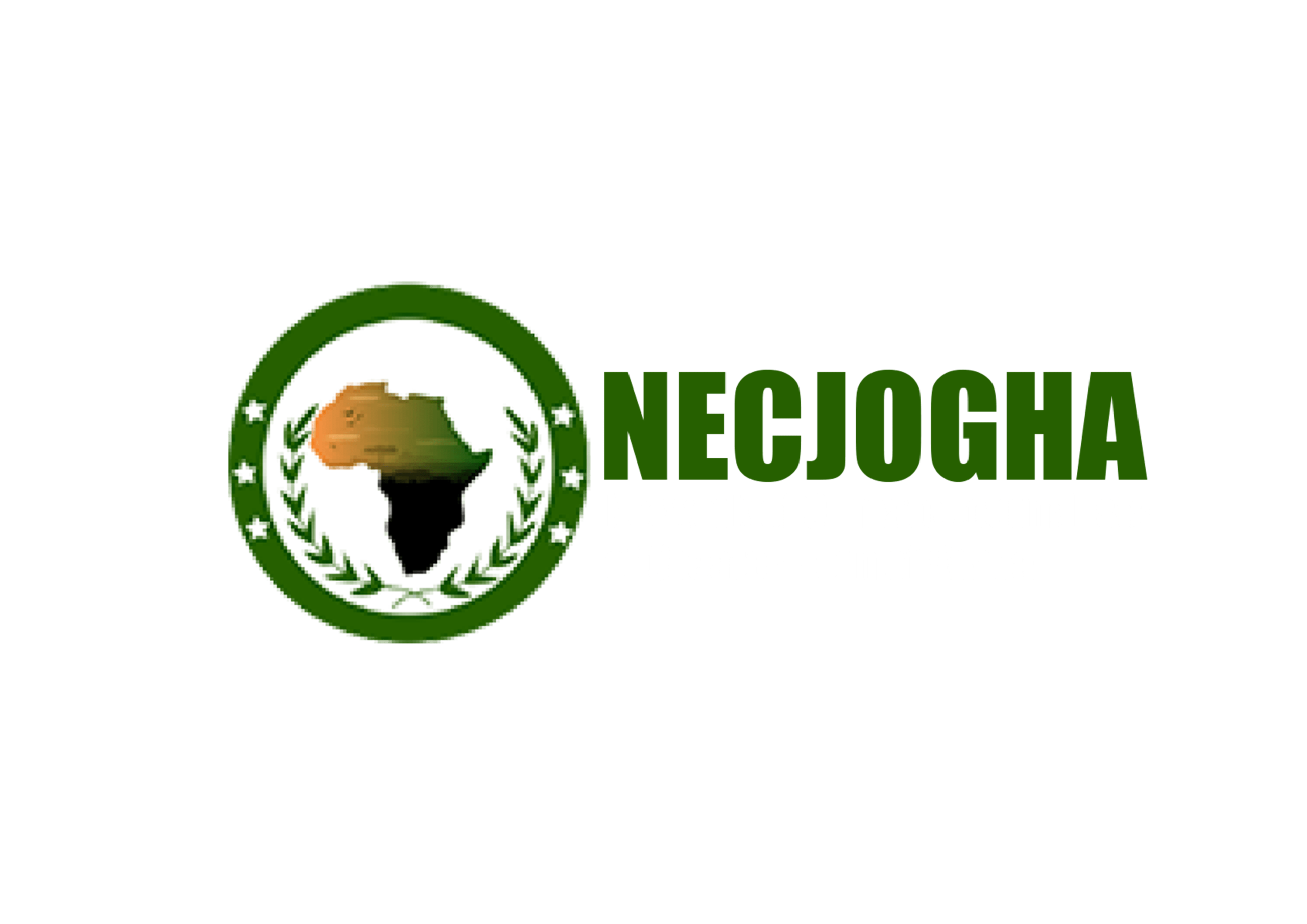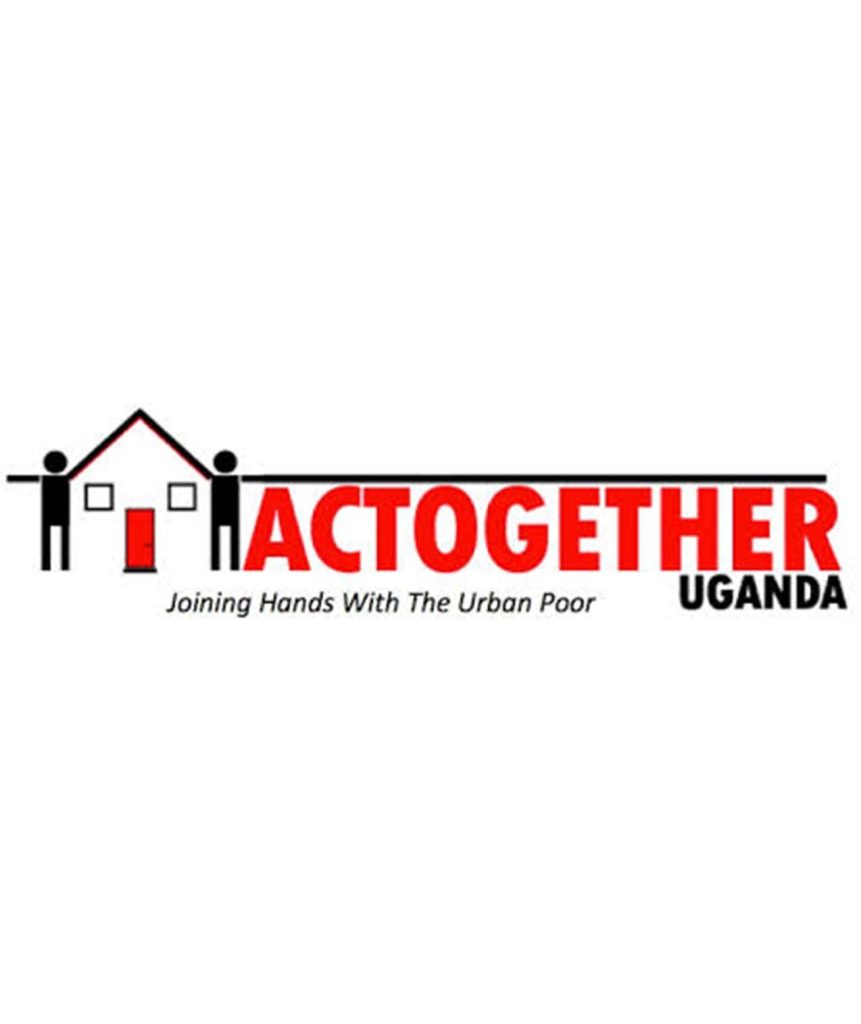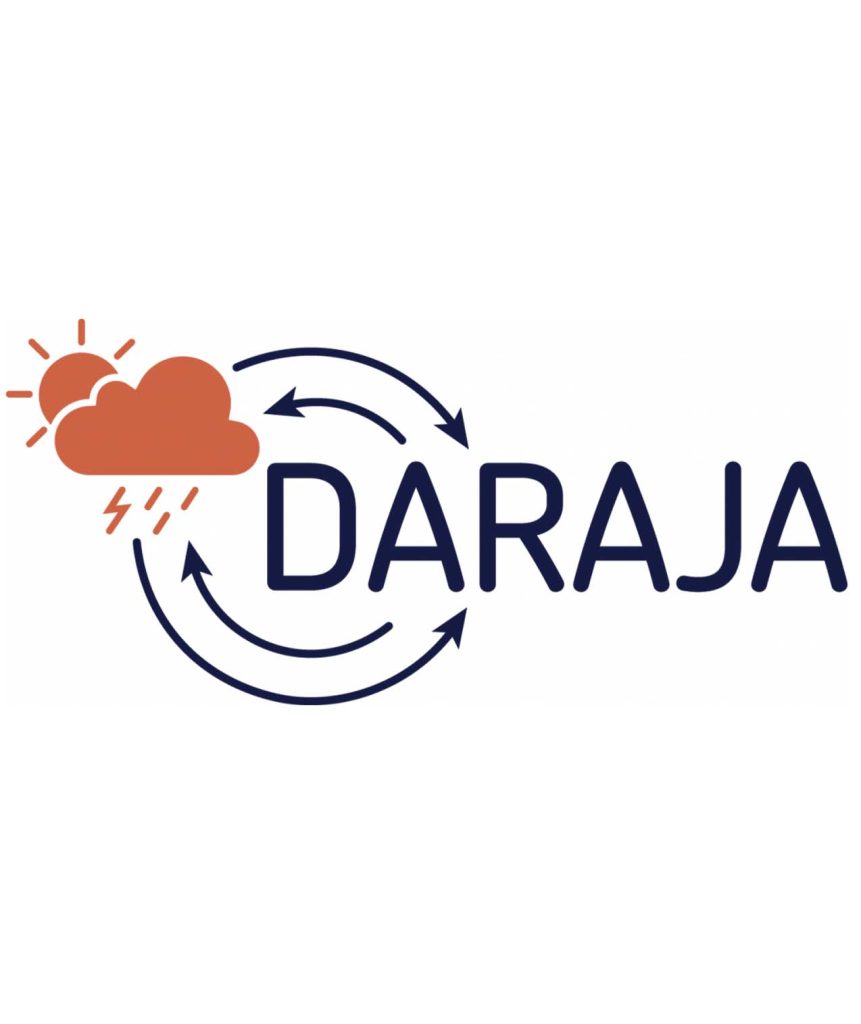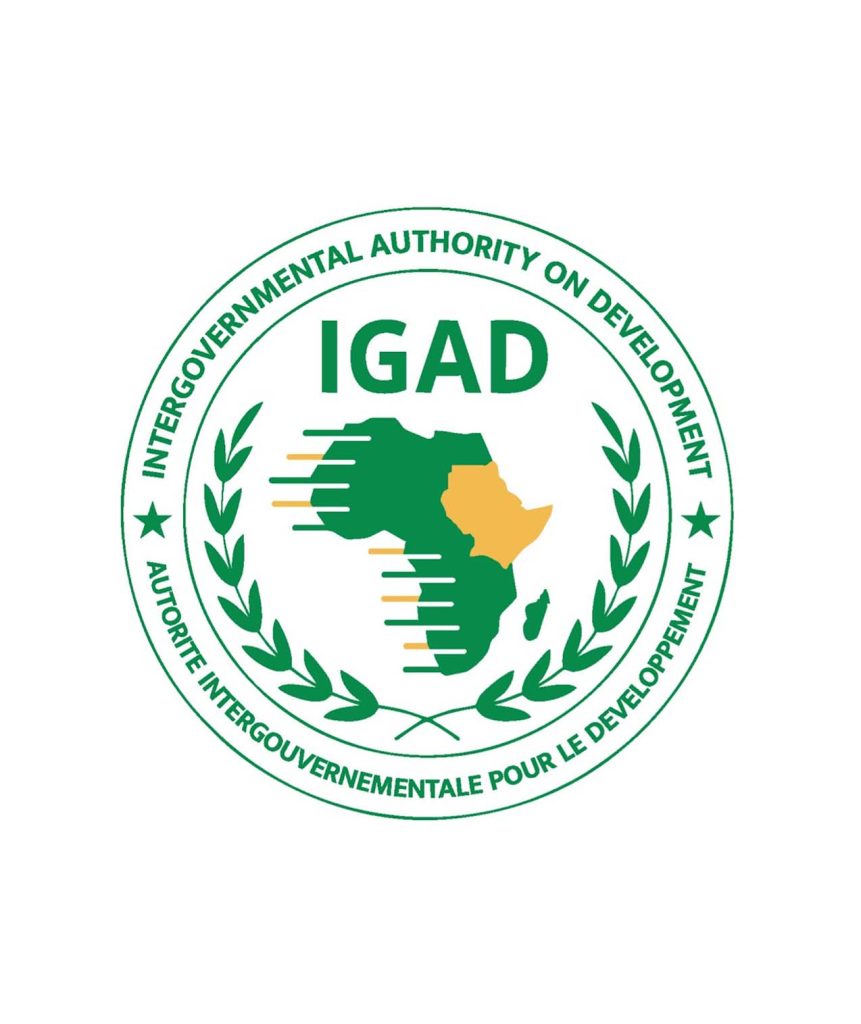BY NECJOGHA Reporter.
A July 2025 alert from the Intergovernmental Authority on Development (IGAD)’s Conflict Early Warning and Response Mechanism (CEWARN) indicates that climate change continues to influence conflict dynamics in the Horn of Africa.
The alert, a monthly publication, tracks climate-conflict vulnerable clusters in the region, using data on rainfall patterns and shifts in the Normalized Difference Vegetation Index (NDVI) to anticipate conflict.
According to the alert, the Mandera ecosystem is emerging from a “good-to-bad” NDVI trend, which suggests a higher risk of conflict. The rainfall estimate for Mandera as of June 24 was 1 mm , and its NDVI was recorded at 0.0398. The estimated conflict count for Mandera is 22.12, which is higher than the historical average of 14.4. Due to this, a “high risk” alert has been issued for the Mandera ecosystem. The report recommends activating and reinvigorating the Mandera Peace Committees to engage with communities along migratory corridors and prepare for mitigation actions against potential violent incidents.
In contrast, the Aweil and Karamoja South ecosystems are emerging from a “bad-to-good” NDVI trend, indicating a lower risk of conflict. The rainfall estimate for Karamoja South as of June 24 was 150 mm , with an NDVI of 0.9861.
The estimated conflict count is 2.05, which is lower than the historical average of 5. For the Aweil ecosystem, a resource-sharing agreement was reached in May, further mitigating the risk of conflict. Aweil’s rainfall estimate as of June 24 was 75 mm , and its NDVI was 0.5098. The estimated conflict count is 5.70, which is slightly below the historical average of 6. As a result, both Aweil and Karamoja South are at a “low risk” level for conflict.
Anticipatory Action
Activation and reinvigorating the Mandera Peace Committees to engage with both host and pastoral communities and also with communities along migratory corridors to implement peaceful coexistence ordinances, and to prepare for mitigation action against potential violent incidents to prevent spreading and any forms of revenge.

